BAJAJ BROKING
Laxmi Dental IPO is Open!
Open a Free Demat Account
Trade Now, Pay Later with up to 4x
Track Market Movers Instantly
Understanding EPF Interest Taxation in India
The Employee Provident Fund or EPF is a scheme mandatorily given to all salaried employees who earn above ₹15,000 and are part of an organisation with at least 20 employees. The EPF scheme is one of the most proficient for retirement and tax planning purposes. In this scheme, the employer contributes to the scheme from the employee’s salary, and at retirement, the corpus collected, along with EPF interest may be given to the employee.
In the past, the contribution made and the EPF interest was free from any tax payment. Nonetheless, the scenario has changed after an announcement in the Budget 2021 stating that the interest accrued would not be exempt from taxation.
EPF Interest - Taxation Considerations
Some changes in taxation regulations regarding the interest earned from an EPF contribution have been introduced since Budget 2021. Here are some aspects of the changes in terms of the Old and New Provisions mandated:
- Old Tax Provisions
In the EPF scheme, the employer and the employee both make regular contributions to the employee’s EPF account, and the amounts accrue interest over time. When an employee retires, the amount that is collected, along with interest accrued over time, is given to the retired employee. In the old tax provision regarding EPF interest, employees could claim certain tax deductions under Section 80C of the Income Tax Act 1961. Such a tax deduction was ceiled at the limit of ₹1.5 lakh. About the contribution made by the employer, tax deductions could be claimed up to 12% of the contribution made. As far as the interest earned, this was completely free from any tax liability.
- New EPF Interest 2024 Tax Regulations
When the Union Budget 2021-22 was introduced the Income Tax Act was amended by the Indian government. With the new rules, the EPF interest was made taxable for employees who contribute over ₹2.5 lakh annually to the EPF scheme. The main idea behind making high amounts taxable was to prevent high-salaried employees from getting undue advantages.
Nonetheless, if there is no contribution by the employer, as is the case with government employees/employers, then salaried employees may contribute up to ₹5 lakh to the EPF without any tax liability. In such cases, the interest that is accrued above the income taxable threshold can be liable for taxation.
Categories for EPF Interest Tax
All employee provident fund accounts are maintained and managed by a Provident Fund Trust. This trust will now maintain accounts under two distinct categories - taxable EPF interest and non-taxable EPF interest. The taxable accounts are only those which go over ₹2.5 lakh and no tax is liable for contributions made that fall below the thresholds mandated.
You should also be aware of another change in the tax laws concerning employees and employers. The employer’s contributions in EPF, NPS, and superannuation funds which go above ₹7.5 lakh are liable for taxation at the hands of the employee.
Tax Calculations
You can use the following formulas to compute taxable and non-taxable contributions, respectively:
- Taxable Contributions
You can find a salaried employee’s taxable contribution with the following information:
1) Any contribution that is made by the employee exceeding the threshold of ₹2.5 lakh or ₹5 lakh (whichever is applicable in the fiscal year) and EPF interest accrued on these amounts in the fiscal year.
2) Withdrawals made from accounts.
The taxable contribution = 1 - 2
- Non-Taxable Contributions
You can find non-taxable contributions with the following information:
1) The closing balance of the EPF account as of March 31 of any fiscal year, any contributions made by the employee falling below ₹2.5 lakh or ₹5 lakh (whichever is applicable in the fiscal year), and interest collected on the balance closed.
2) Withdrawals from the account.
The non-taxable contribution = 1 - 2
m
The Aim of Taxation
The new regulations of EPF interest taxation have come into effect primarily for high-salary earners to be prevented from gaining any undue benefit of taxation by the collection of high contributions into EPF accounts. Before the new tax regulations came out, high-salary earners could contribute high amounts to their EPF accounts to avoid taxation on income.
Final Lines
The new taxation rules on EPF interest taxation make it challenging for high-salaried employees to avoid taxation and bring them under tax liability as they are high-income earners. In this way, not only has the Government of India broadened its tax base, but has also found ways to plug the loopholes to avoid taxation.
If you are a high-income earner and wish to avoid certain tax liabilities, you can find alternative investment avenues that help you to achieve tax deductions. There are many investment channels and instruments that generate stable returns while giving you deductions in tax and helping you to invest your disposable income carefully. While the Employee Provident Fund scheme is a good way to save a corpus for retirement, it is not the only way, and you can invest in other tax-saving schemes that aid you in retirement planning and saving.
Disclaimer: Investments in the securities market are subject to market risk, read all related documents carefully before investing. This content is for educational purposes only. Securities quoted are exemplary and not recommendatory.
For All Disclaimers Click Here: https://bit.ly/3Tcsfuc
Share this article:
- Related Articles
- Top Articles

Gold Rate Today | 15 January 2025 | Gold Price in India
15 Jan, 2025 | 40 Min. read
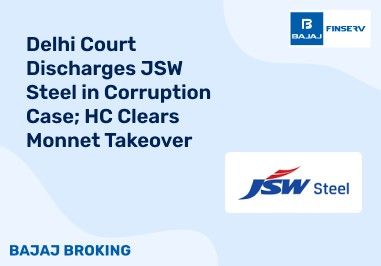
Delhi Court Discharges JSW Steel in Corruption Case; HC Clears Monnet Takeover
15 Jan, 2025 | 2 Min. read
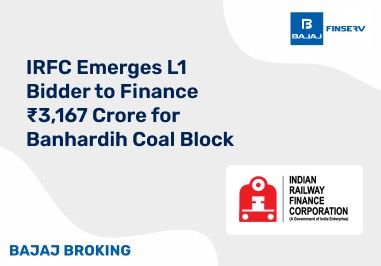
IRFC Emerges L1 Bidder to Finance ₹3,167 Crore for Banhardih Coal Block
15 Jan, 2025 | 2 Min. read
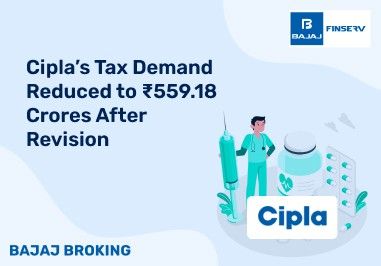
Cipla’s Tax Demand Reduced to ₹559.18 Crores After Revision
15 Jan, 2025 | 2 Min. read

Govt Plans 5-6% Hike in Highway Budget for FY26 After FY25 Slump
15 Jan, 2025 | 2 Min. read

Rikhav Securities IPO- Key Objective & Deep Analysis
15 Jan, 2025 | 5 Min. read

HCL Tech expands partnership with Microsoft to transform contact centres
14 Jan, 2025 | 2 Min. read
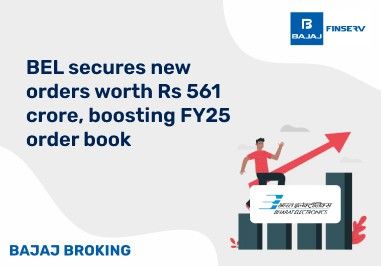
BEL secures new orders worth Rs 561 crore, boosting FY25 order book
14 Jan, 2025 | 2 Min. read
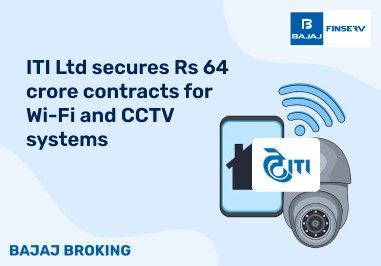
ITI Ltd secures Rs 64 crore contracts for Wi-Fi and CCTV systems
14 Jan, 2025 | 2 Min. read

JSW Energy secures LoI for 3.6 GW KSK Mahanadi power plant
14 Jan, 2025 | 2 Min. read

Biocon Biologics’ Johor Bahru Facility Receives FDA VAI Classification
13 Jan, 2025 | 2 Min. read

Interarch Secures ₹221 Crore Projects in Semiconductors & Energy Storage
13 Jan, 2025 | 2 Min. read

RBI Launches ULI: Transforming Loan Access
August 27, 2024 | 4 Min. read

Textile Sector in India
September 20, 2024 | 5 Min. read

List of IPOs with DRHPs Filed
November 30, 2023 | 3 Min. read

Aditya Birla Group
September 28, 2023 | 10 Min. read

Bajaj Housing Finance Ltd IPO: Things Smart Investors Need to Know
September 05, 2024 | 4 Min. read
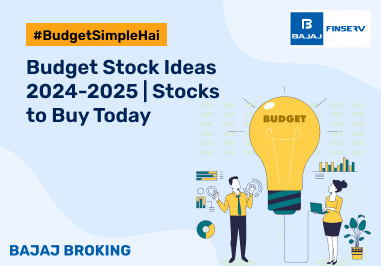
Budget Stock Ideas 2024-2025 | Stocks to Buy Today
July 24, 2024 | 4 Min. read

IPO Eligibility Criteria : Full Details
March 15, 2024 | 6 Min. read

What Is the Lock-In Period in IPOs?
October 18, 2023 | 6 Min. read

Godfrey Phillips Announces 2:1 Bonus Shares
September 16, 2024 | 7 Min. read

Jindal Group- A Comprehensive Analysis
September 27, 2024 | 7 Min. read
Read More Blogs
Our Secure Trading Platforms
Level up your stock market experience: Download the Bajaj Broking App for effortless investing and trading



